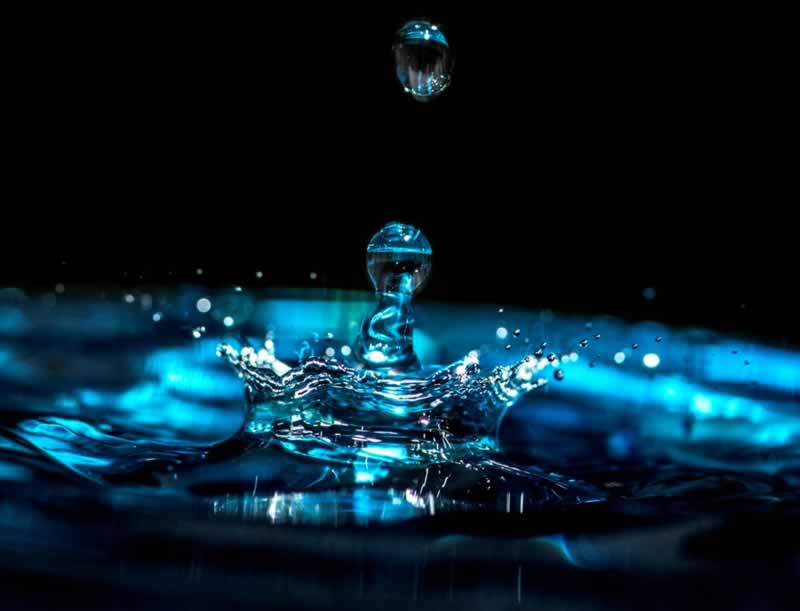As soon as we consume harmful microorganisms from drinking water, they can multiply in our bodies and cause harmful medical complaints. Drinking contaminated H2O can even be fatal, especially for people with a weak immune system. Untreated water can contain harmful bacteria and viruses that cause illness.
It is therefore important that we are aware of the dangers of using dirty water and understand the importance of investing in an alternative filter system for our homes to ensure the safety of our families.
Which bacteria and viruses are found in the tap?
Microorganisms are invisible to the eye. Unfortunately, both bacteria and viruses are microorganisms that are found in a variety of foods and beverages. They can cause a variety of illnesses. If tap water is not treated properly, these organisms can live on harming families. Here is a list of all water-based microorganisms that are in the tap:
Enterovirus: A microscopic virus that lives in the digestive system of an animal or a person, especially in the gut. They are known as echoviruses, coxsackie viruses and polioviruses. Once consumed, they can cause severe gastroenteritis and meningitis. This virus usually occurs in countries where the sewage system is not well maintained, regulated or updated. It is important that sewage systems, public bathrooms and toilet installation systems are well maintained to prevent the virus from getting into the public irrigation system.
Legionella: Thrives in warm and humid environments when released into the air using air conditioning or a shower. If it gets into the airways, it can cause pneumonia.
Indicators for bacteria and viruses
If there are problems in the treatment process or in the distribution through pipes in cities, there are a variety of indicators. These can be recognized with a simple home test kit:
Coliforms: A toxic bacterium that is present in the environment. If there is a large number of coliforms in one environment, this may indicate that there is more in other areas of the house, especially in the sanitary system.
Coli: An extremely harmful bacterium found in distribution systems contaminated with animal or human feces and waste. Once digested, it can cause headaches, cramps, digestive system problems, nausea, and severe diarrhea. Other stool indicators are the microbes coliphage or enterococci. These indicators can be recognized either by visual recognition, as the water may have a brownish color, or by a simple home test kit.
Turbidity: If water appears cloudy or cream-colored, it is called cloudy. This is an indicator that either viruses or bacteria are present. Common side effects such as cramps, diarrhea, headache, vomiting and dizziness can occur during consumption. Many swimming pools experience this effect after heavy rainfall and therefore cannot be immersed safely. Chlorine can be added to fix this problem.

TREATMENT POSSIBILITIES
Depending on the type of virus or bacteria present, you will need the appropriate treatment technique. The right type of treatment brings the H2O back to the desired pH value and disinfects it from all harmful microorganisms.
Here is a list of the different types of treatment options you can consider:
Ozone: Specially designed to treat and reduce the presence of chlorine. Ozone treatment effectively reduces discoloration in water systems and removes strange tastes. In addition, bad smells are checked.
UV technology: A widespread and increasingly popular water treatment technology. An ultraviolet system uses a light source that emits UV rays when connected to mercury. The rays penetrate and penetrate harmful particles in the object and kill bacteria and viruses that are not visible to the human eye. It attacks the DNA of the microorganism and remains one of the most effective treatment techniques. Further information on disinfection filter systems with UV technology can be found under the following link: https://www.aquaoxwaterfilters.com/product/bacteria-virus-uv-disinfection-water-filter/.
Chlorine: An effective treatment for the treatment of clarified turbid water with a milky or cream-colored color display. Chlorine is also used in swimming pools. When left overnight, the pool's H2O appears clear and fresh.
Chloramine: Not as strong as chlorine as it is a combination of chlorine and ammonia. It is especially used to reduce Legionella in irrigation systems.
Even if you have not found any bacteria or viruses in your tap water, it is recommended that additional measures be taken to ensure further cleaning. Investing in a high quality filter system prevents harmful microorganisms from entering the digestive system of your family through the tap.
It is better to take precautions against future contamination than not to worry about the problem and get sick in the future. Contact an experienced installer for recommendations on suitable filter units. Pay attention to the water quality in your home to ensure a healthy lifestyle.




